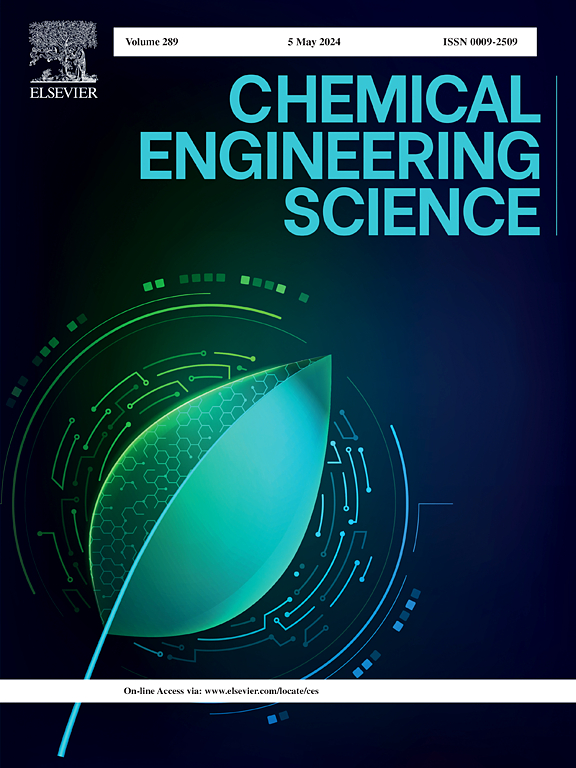Evaluation of modifier type (mineral or organic) and modifier location (top layer or sublayer) on fouling mitigation in MMM and TFC membranes
IF 4.1
2区 工程技术
Q2 ENGINEERING, CHEMICAL
引用次数: 0
Abstract
Membrane fouling, a major challenge in filtration which lowers performance and membrane lifespan, is the focus of this research. The study introduces a key novelty by examining the combined effects of modifier type (mineral nanoparticles vs. organic substances) and their specific loading site (sublayer vs. top layer) on fouling mitigation, an aspect that has not been comprehensively addressed in prior studies. Hydrophilic mineral nanoparticles (CdSe, ZnSe, ZnTe) and dopamine hydrophilic organic substance were loaded in the sublayers of mixed matrix membranes (MMM) and the top layer of thin-film composite (TFC). Mineral modifiers outperformed organic counterparts. ZnSe nanoparticles was the most effective modifier; its strong hydrophilicity enhanced hydration layer formation, delayed phase inversion, and resulted in smaller pores and lower tortuosity in MMM (0,ZnSe), with the lowest pore fouling. Highlighting the significance of research, MMM membranes containing mineral modifiers (especially ZnSe) are suggested for lower pore fouling (4.62% vs 67.31%). In contrast, for lower cake fouling and higher rejection (98.00% vs 75.09%), TFC membranes containing both organic (dopamine) and mineral (especially ZnSe) modifiers are recommended.

改性剂类型(矿物或有机)和改性剂位置(顶层或下层)对缓解MMM和TFC膜污染的影响
膜污染是影响过滤性能和膜寿命的主要问题之一。该研究通过检查改性剂类型(矿物纳米颗粒与有机物质)及其特定加载位置(下层与顶层)对污染缓解的综合影响,引入了一个关键的新颖之处,这在之前的研究中尚未得到全面解决。亲水矿物纳米粒子(CdSe、ZnSe、ZnTe)和多巴胺亲水有机物质分别装载在混合基质膜(MMM)的亚层和薄膜复合材料(TFC)的顶层。矿物改性剂的表现优于有机改性剂。ZnSe纳米粒子是最有效的改性剂;其较强的亲水性促进了水化层的形成,延缓了相转变,使得MMM (0,ZnSe)的孔隙更小,扭曲度更低,孔隙污染最低。含有矿物改性剂(尤其是ZnSe)的MMM膜具有较低的孔隙污染(4.62% vs 67.31%),这凸显了研究的意义。相比之下,对于较低的滤饼污染和较高的截留率(98.00% vs 75.09%),建议使用含有有机(多巴胺)和矿物质(特别是ZnSe)改性剂的TFC膜。
本文章由计算机程序翻译,如有差异,请以英文原文为准。
求助全文
约1分钟内获得全文
求助全文
来源期刊

Chemical Engineering Science
工程技术-工程:化工
CiteScore
7.50
自引率
8.50%
发文量
1025
审稿时长
50 days
期刊介绍:
Chemical engineering enables the transformation of natural resources and energy into useful products for society. It draws on and applies natural sciences, mathematics and economics, and has developed fundamental engineering science that underpins the discipline.
Chemical Engineering Science (CES) has been publishing papers on the fundamentals of chemical engineering since 1951. CES is the platform where the most significant advances in the discipline have ever since been published. Chemical Engineering Science has accompanied and sustained chemical engineering through its development into the vibrant and broad scientific discipline it is today.
 求助内容:
求助内容: 应助结果提醒方式:
应助结果提醒方式:


